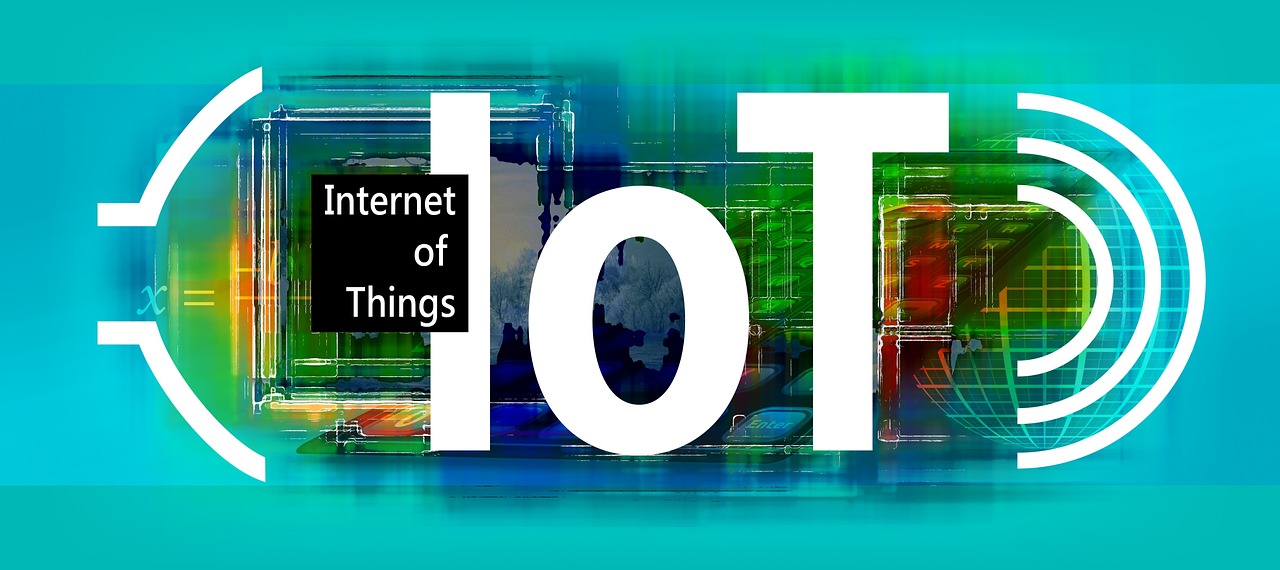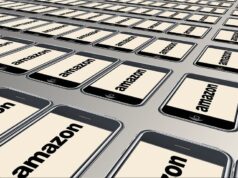The Internet has taught us many things through Google, but now researchers and scientists are avidly working on teaching the internet to do stuff on its own in their absence. An average human brain consists of 86 billion neurons or nerve cells, and the chances for making a mistake is very high, hence the need for automation. This automation is achieved through a computer and an active internet connection. Too much jargon? Well, in that case roughly put, as we enter into the new realm of industrial revolution Automation is quintessential for minimizing errors and mistakes. That brings us to the Internet of Things.
Internet of Things is a set of connected devices that facilitates sending and receiving data through these channels for optimum performance and automation. And not to forget, there is no human intervention in this technology, making it vastly accurate pertaining to the ambitions of making the world “error-free”. Now technophiles are avidly working on harnessing the prowess of IoT to tackle the current pandemic. Though many might think it to be a long shot, there are certain studies that defunct the people’s hesitancy in pursuing IoT. Here is how IoT will help us get through the next pandemic:
Let us structure the case in hand in two sections: The present and the future.
The Present Condition:
Presently, we are dealing with the Coronavirus pandemic, which is, needless to say, one of the most difficult times for humanity.
1. Contact Tracing
The Internet of Things can be used to trace the origin of this virus. This is a crucial part of contact tracing. The way it works is to access the GIS or, Geographic Information System on the mobile data from the person. Although this might sound Science fictional, Massachusetts Institute of Technology is already working on this piece of tech. In fact, they saw a profound success from their research as they were able to aggregate this information to effectively trace the Dengue outbreak that happened in Singapore during 2013 and 2014. Once the infected person’s geographic information is extracted, contact tracing can aid in finding their route map and consequently identifying those who may have got the infection from this person. If we trace it back, we can easily find the patient zero, and hence the origin of this virus.
2. Patient Care
During these times, testing has become a necessity in order to identify the disease and make it less prone to community spread. The testing, too, must be done in such a way that there is a minimum possibility for cross-infection. Recently, many health care workers, unfortunately, succumbed to this deadly virus after getting infected from the person to whom they offered healthcare. The Internet of Things can avoid such circumstances by taking the temperature of the person and directly uploading it to a cloud database(think of a memory card with lots of space). This way, the healthcare worker need not risk their lives and at the same, they get all the essential information required for monitoring the condition of the patient.
3. Avoiding Clerical Errors
The last thing you want is a silly clerical error. According to the Bayesian theory, if we scale up the testing the chances of getting a false positive and false negative is high. We have already scaled up the testing and in addition to that, if a person is unable to handle loads of data coming in, he may mislabel the data, therefore increasing the probability of the False-positives and negatives. To avoid this, the Internet of Things can be used for providing an interface to update the status regularly and avoid human intervention. False-positive is fine but we can’t afford for the test to give False-negative, as that person could go on streets and infect more. This is something that must be taken seriously.
The Condition after the pandemic: The Future
Fortunately, after a commendable service from the healthcare professionals and bureaucrats, if the curve flattens, we all must prepare ourselves for the repercussions. It is of no doubt that the aftermath of the Coronavirus outbreak will be severe and hence we must use the Internet of Things to minimise the impact. The lockdown has put the financial stability of many countries in jeopardy. With no income from taxes, a global recession is evident. But if a company is wise enough to integrate IoT in their practices, they can sustain this recession. For instance, a manufacturer can shift to 3D printing for producing the required work output quicker than their contenders to gain a competitive advantage. Retailers and wholesale can shift to a digital market to ease supply chain operations and avoid a bottleneck. Moreover, with a 3D printing facility and a blockchain-backed payment management system potential decline in market decline can be reverted.
There’s a lot in store for this technology. Started out as a fantasy, studies show that as much as 1 Trillion connected devices by 2023. That’s a huge jump from a meagre 0.3 Million in the year 1990. However, there’s a flip side to this. With the increasing number of connected devices, there’s a need for data security. This stringent requirement has forced many scientists to work on Quantum Computing. Lessons from this pandemic will surely help us get through the next pandemic since experiential learning is more impactful!











